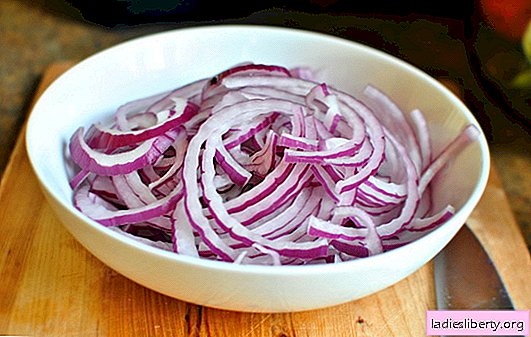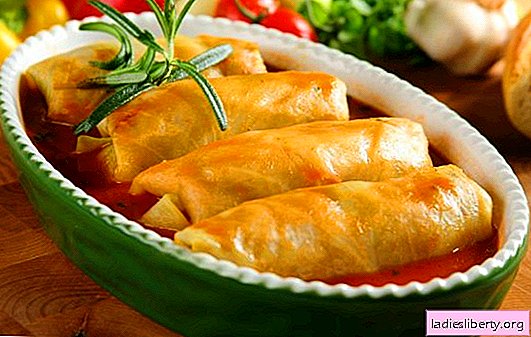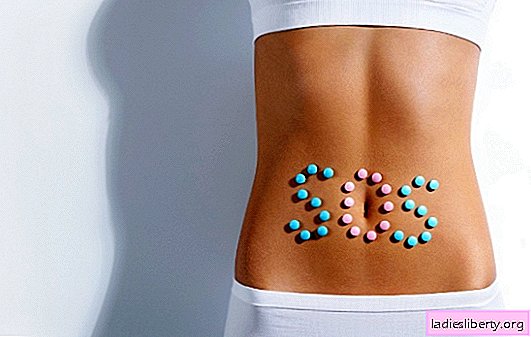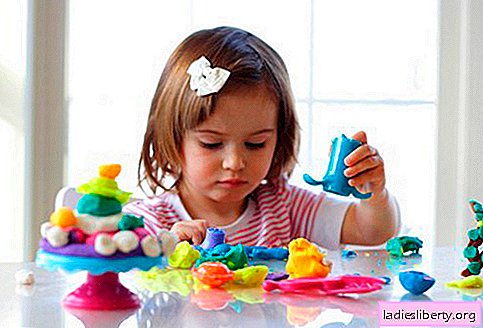
A fashionable trend for crumpled fabric items periodically appears, but it quickly passes. Agree that any person looks more attractive in ironed clothes. In this article you will find some secrets on how to smoothly iron a shirt and blouse, jeans and dress pants, business and elegant dresses with pleats.
Select a small room or at least an ironing corner. In a small apartment - this is a special ironing board, sheathed in cloth. For reasons of economy, they use a table covered with a blanket folded several times. Do not iron in the kitchen, even with perfect cleanliness, clothing may become saturated with the smell of food or get dirty.
Ironing Space Requirements:
- Good lighting in front and on the right.
- Long cord on the iron.
- Socket on the right side (for right-handed people).
- The soleplate is smooth and tan free.
- The board (table) must be stable.
- A clean floor so that the thing does not get dirty if it falls.
- Near a coat hanger, shelf or basket for ironed laundry.
Before each ironing, check that the soleplate is clean.
If you are going to iron a large amount of linen, then prepare a few liters of clean filtered water. Remember to add it to the steamer as needed.
It is convenient to use modern ironing systems, consisting of a large and a small board, an iron stand, a cord holder, shelves and cases. Active ironing boards are equipped with blowing and heating. But no matter how unique your iron is, the basic rules for ironing collars, cuffs and pockets remain unchanged from the last century.
Only washed shirts are ironed, otherwise, under the influence of a hot iron, minor contaminants will turn into problem spots.
The iron is directed with its nose forward, but not sideways and not backward.
Products made of dense natural fabric are easier to smooth with wet. Remove them from the clothesline under-dried or spray them with clean water and roll them in the shape of a roller. After five minutes, the thing can be ironed.
A shirt or blouse made of very thin silk fabric is ironed in a wet state. After washing, let water drain, then wrap in a thick terry towel and squeeze. First, try heating the iron by running it over a hemmed fabric sample or at the very bottom near the seam. Start ironing from the inside out, and then trim from the front.
The order of ironing the details of the shirt (blouse):
- Cuffs.
- Collar.
- Shelf with buttons.
- Shelf with eyelets.
- Sleeves.
- Shoulders.
- Flirty.
- The rest is the basis.
Special skills are required when ironing the collar. First iron the bottom of the collar, which is adjacent to the neck. Turn the shirt over and iron this insert on the front side. Start in the middle by directing the nose of the iron towards the ends of the collar in turn. Iron the top according to the same principle.
Fold the collar horizontally and move the beautiful crease. Drive the iron with your right hand and round the ironed side with your left. Such manipulations are needed so that the stiff collar takes a rounded shape and beautifully lies around the neck. The soft collars of blouses are ironed in the same way, but they are not rounded.
Do you think the small cuffs are stroking along? You are mistaken. Direct the iron with short movements only across: from the inside and from the front. Put your shoulders and upper part of the sleeve on a small stand or roller to correct blemishes when ironing. If the blouse has thin inserts of silk or lace, then for them the heating of the iron must be reduced.

Smooth jeans look more solid. Only stretch and with a large number of rhinestones are not ironed, they are treated with a steam generator. Classic dense jeans with a high content of cotton threads, moisten, so they dry faster.
Turn them inside out first. Use a hot iron to weld side seams and burlap pockets. Then turn on the front side, put the top on the edge of the ironing board, iron the belt and pockets. Insert the spout of the iron into the lower part of the legs and iron in a circle. Thus, small parts and seams are not printed on the opposite side. When folded, smooth the knees and the base of the thing. Hang ironed jeans on the dryer.
And classic trousers start ironing from the inside out. Then fold them face-up so that the side seams are approximately in the middle of the leg and are one on top of the other. Start leading the iron away from your knees.
Now rarely wear classic trousers with ironed arrows, but here's a tip just in case.
Smooth the remnants of the arrows after the strick, and then fold the legs and move new ones.
From the inside, place the arrows with a paraffin candle, so the arrows will last longer.
If the iron does not have a suitable heating temperature, then prepare a tissue napkin. Wet it and put it on the fabric of the trousers. Now stroke through it so that there is no tanning or excess shine.
How to iron a dress with pleats and frills
Small details of the top of the dress are ironed in the same manner as a blouse. That is, they begin with cuffs and a collar, and end on the back. Then proceed to ironing the bottom. Flared skirts and slanting flounces are stroking in the direction of the fabric threads, and not parallel to the seams. Shuttlecocks and frills begin to iron from edge to seam.
Pleated and pleated skirts that look like accordion do not iron.
At a garment factory, they are treated with a chemical composition, so they should not be deformed when cutting. Just in case, wash such a thing in a case that looks like a stocking. Fasten it on the clothesline by the belt and straighten the corrugation with your hands.
With the usual circular folds, you can not stand on ceremony. Iron the hem, removing all traces of the old folds. Then fold and secure with pins on the skin of the ironing board and iron again. Folds can also be sewn with large stitches, ironed, and then remove the threads.
The folds on dresses made of thick woolen fabric last longer if they are smoothed through a napkin dipped in water with table vinegar. Remember to ventilate the product.
Dry dresses from delicate silk on the shoulders. Hands straighten all seams and small parts. After drying, smooth irregularities with a barely warm iron.
After ironing with a steamer, the clothes should dry, then hang them in a closet or dress up.











